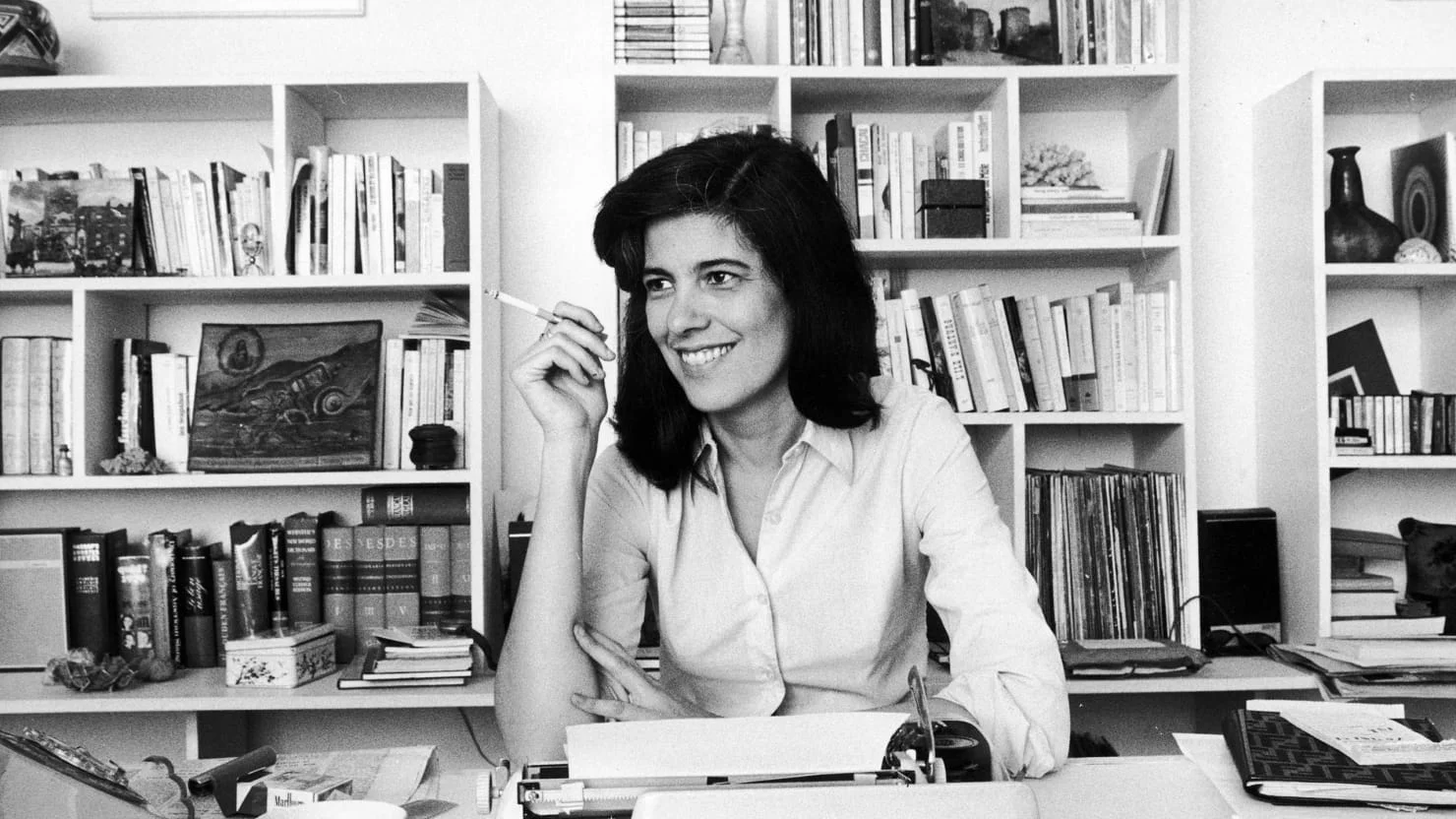On 1 November 1958, Frantz Fanon contributed to El Moudjahid by making the following claim:
The independence of a new territory, the liberation of a new peoples are felt by the other oppressed countries as an invitation, an encouragement, and a promise. Every setback of colonial domination in America or in Asia strengthens the national will of the African peoples. It is in the national struggle against the oppressor that colonized peoples have discovered, concretely, the solidarity of the colonialist bloc and the necessary interdependence of the liberation movements.
The FLN moved their headquarters from Algiers to Tunis in 1956.2 Shortly after, Fanon wrote for the publication El Moudjahid, travelled as a delegate to various anti-colonial conferences in Accra and Cairo. He not only theorized about the anti-colonial movement in Algeria, but he was actively participating by publishing articles and engaging with revolutionary activity.
The son of a Black middle class Martinican famiy, Fanon excelled alongside his peer Aimé Césaire which provided them the opportunity to acquire an education in the metropole: Paris. While I was re-reading Frantz Fanon I was struck that Fanon spent the last several years of his life in Tunis—a direct product of his involvement with the Front de Libération nationale (FLN). Fanon saw institutions such as the Bandung pact as necessary steps to provide the material and ideological dimensions for the anti-colonial struggle.
During the final years of his life, he wrote The Wretched of the Earth while living in Tunis. Fanon connected his own life and history not only to the Black people on the African content, but to various people who were struggling for independence. His political trajectory, albeit circuitous, was a product of the international delegations and struggles that were brewing.
Given Fanon’s involvement, I was curious to learn the extent to which Arab and Black revolutionaries were systematically engaged in ideological, material, and political movements in North Africa. Were anti-colonial struggles merely concerned about the nationalist question or was there something more internationalist about these liberation struggles? How did Marxist perspectives on the nationalist question feature into these political movements? Was there a sense that anti-colonial invoked proletariat internationalism?
Afro-Arab solidarity was not merely a function of rhetoric but it was tied to material support at the national level. What this resulted in was that leaders and activists were able to convene in North Africa to discuss political strategies for independence and self-determination. Publications such as El Moudjahid represented one of many platforms where seasoned activists could display their call to action (Figure 1).
Arab and Black figures were collaborating and coordinating against colonial interests through intellectual realm, political delegations, and solidarity statements. El Moujahid was a publication and a political platform that helped to solidify Afro-Arab solidarity during the colonial period (Figure 2). It reads on the left hand side: “Vive le Kameroun indépendant! Vive l’Afrique libéré par notre combat commun!” “Long Live an independent Cameroon! Long live a Free Africa for our common fight!”
In another issue, there was an attempt to point to the liberation of Arab nations as well (Figure 3). By the 1960s, the dynamics between Arab and Black Africans shifted according to the local context where in some cases the relations were purely political and in others there were cultural and personal ties. What hap begun as overt operations to European colonialism festered into nationalist programs thus moving further away from the radical, internationalist tradition of the mid-1950s. Fanon never lived to see Algerian independence. However, his tenacity and legacy persist mostly because he dared to envision a world where Arabs and Blacks could be free.



